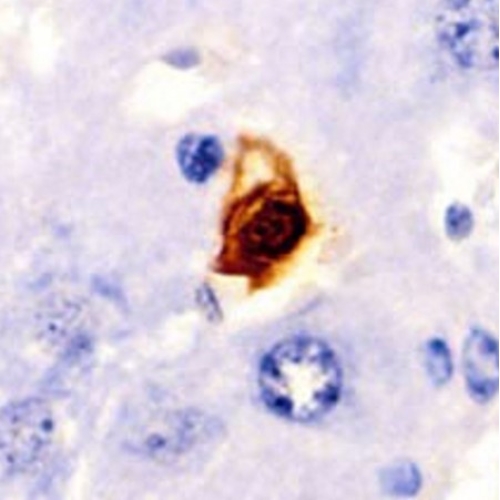Key points from article :
Accumulation of senescent cells with age is responsible for a sizable fraction of inflammatory signaling in tissues.
New study shows fitness training correlates with reduced inflammatory signaling but doesn't reduce the number of senescent cells in muscle tissue.
Likely explanation is that the cellular adaptations to exercise act to reduce harmful aspects as SASP.
Study looked at young/old sedentary/active males.
TIF levels (+35%) and SA-b-Gal positive cells (+30%) were higher in cells of older participants.
Independently of age, both trained groups had lower IL-8 mRNA levels (-70%) and lower TNF-alpha mRNA levels (-40%).
Endurance training status did not slow down senescence in skeletal muscle and satellite cells despite reduced inflammation in skeletal muscle.
Research by Université Catholique de Louvain published in American Journal of Physiology-Endocrinology and Metabolism.




